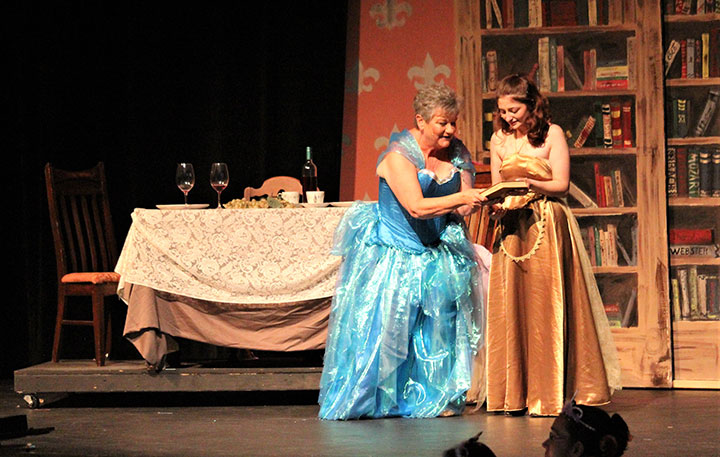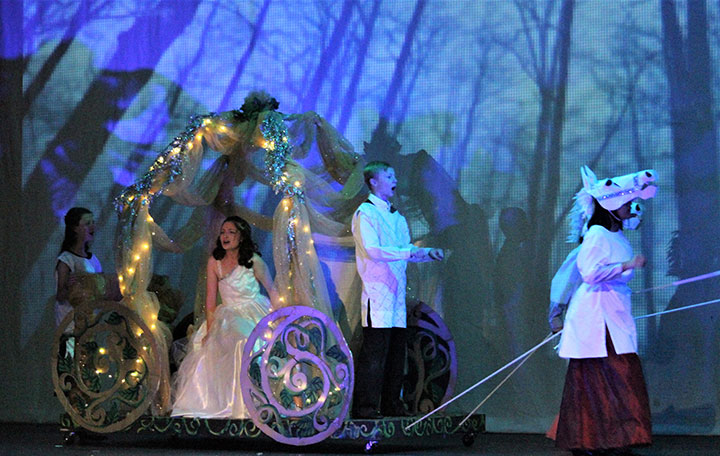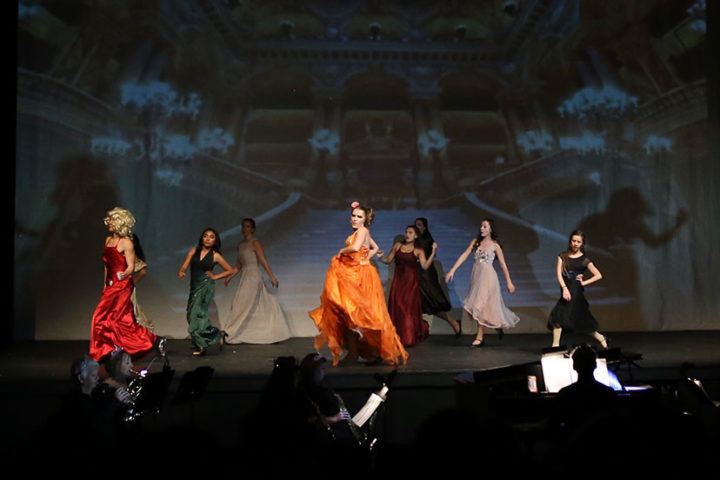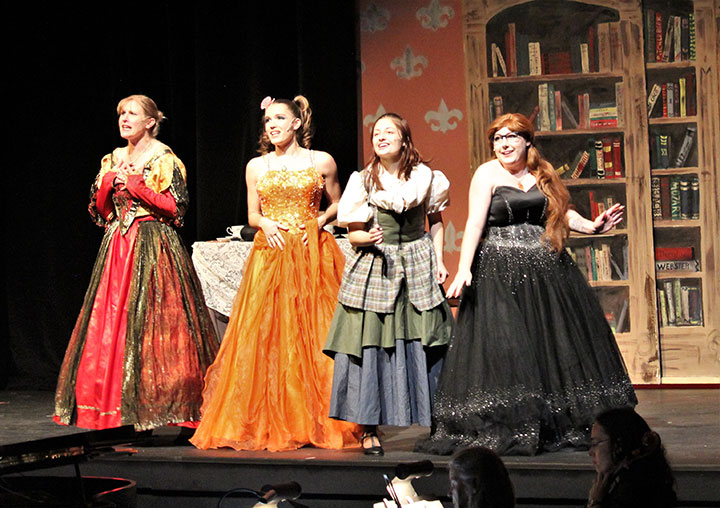To cap off last weekend, I took my daughter to see Curtains Up Pagosa’s latest production, Rodgers and Hammerstein’s Cinderella.
To be honest, I hadn’t expected to walk out of the auditorium on Sunday afternoon so impressed — and proud of the amateur creatives bringing this delightful work to our small community.
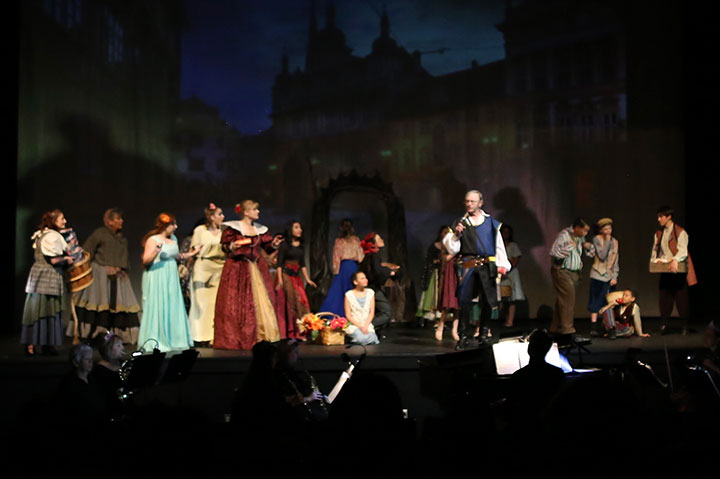
The previous night, the show’s director and Curtains Up Creative Director, Dale Scrivener, had approached me in the Neon Mallard bar, and asked if I could write an “honest” theatrical review. I enthusiastically accepted, without hesitation.
(If it hadn’t been for the two dry martinis I’d just consumed, I probably would have awkwardly excused myself from the task.)
I had not been to a Curtains Up production for several years, after walking out of the theater underwhelmed one-too-many times. My parents ran a family-oriented ‘improv theatre’ production company during my childhood, and I’d hit my capacity for lengthy set changes, weak choreography, and drawn-out scenes. While I can appreciate the effort and passion that goes into amateur productions, my high standards usually sabotage any possible enjoyment.
I am by no means a seasoned critic of the dramatic arts, but I’m generally known to be quite opinionated about others’ creative endeavors.
I took my seat at the Pagosa Springs High School auditorium in painful anticipation, and sat through the orchestra’s overture and halfway into Scene One, as the prince questions his life’s value in the musical’s first song, “Who Am I?”.
‘Topher’, as played by the same Dale Scrivener, is Rodgers and Hammerstein’s ‘Prince Charming’, and immediately reframes the fairytale’s hero into a naïve political puppet — and I was quickly convinced to give the rest of the show a chance.
The combination of Dale’s inherent quirkiness, confidence, and well-trained voice were the precise recipe needed for the storyline and character development that continued unfold.
We were then introduced to the meek, girl-next-door Cinderella, portrayed by Hannah Rockensock. Hannah’s delicate demeanor aligned with a typical Cinderella, yet her vocal control and command of the stage implied the courage necessary in a social reformer.
The show continued to reveal its political agenda through a series of witty dialogues and easily-digestible songs that endorse democracy. Though Cinderella finally gains the power to inform governmental policy through marriage — as might be expected in our society — the modernized storyline encourages young women to reach for their dreams beyond perceived limitations — “Anything is Possible”.
Another obvious lesson infused into the classic story was that of treating others with kindness and respect. The light teasing and predominately white cast made for an easygoing teaching of this moral, which could have been more impactful with the inclusion of actual racial diversity and more intense moral conflict.
Nevertheless, the Curtains Up cast executed the storyline good-naturedly.
The story aside, three components made this production an absolute delight: the costumes, the choreography, and the step-sister Charlotte.
Kaitlen Smith’s costuming added the element of excitement and wonder. Each on-stage tear-off costume change that the Fairy Godmother or Cinderella endured left the crowd utterly satisfied. During the apex of the show, Cinderella changed from a blue banquet gown down to rags, and then again, down to a golden gown.
Choreographer Haley Hudson had the precise skillset needed to direct the cohesive movement of an assorted mass. Raised in the performance scene of Pagosa Springs, she was able to identify and unleash the assorted skills of a small yet eager pool of performers.
Kaitlen’s dynamic costuming paired with the Haley’s superb direction of space and movement were undeniably as essential to production as the script itself.
The stepsister Charlotte was excellently played by Halle Nelson, who brought to life a self-absorbed teenager typical of a Disney villain, yet with believable conceit and gracelessness. With lavish tenacity, she led the song and dance of “Stepsister’s Lament” alongside the Ladies of the Court, bridging the first and second act with humorous absurdity.
Community-run theatre, fueled by volunteers and eager actors, offers up productions with a magical element that has lasting impacts for everyone. These collaborative efforts bless the cast, crew, and audience with a sense of optimism that radiates through the larger community, reminding us, even in the most difficult times, that “Anything is Possible”.


